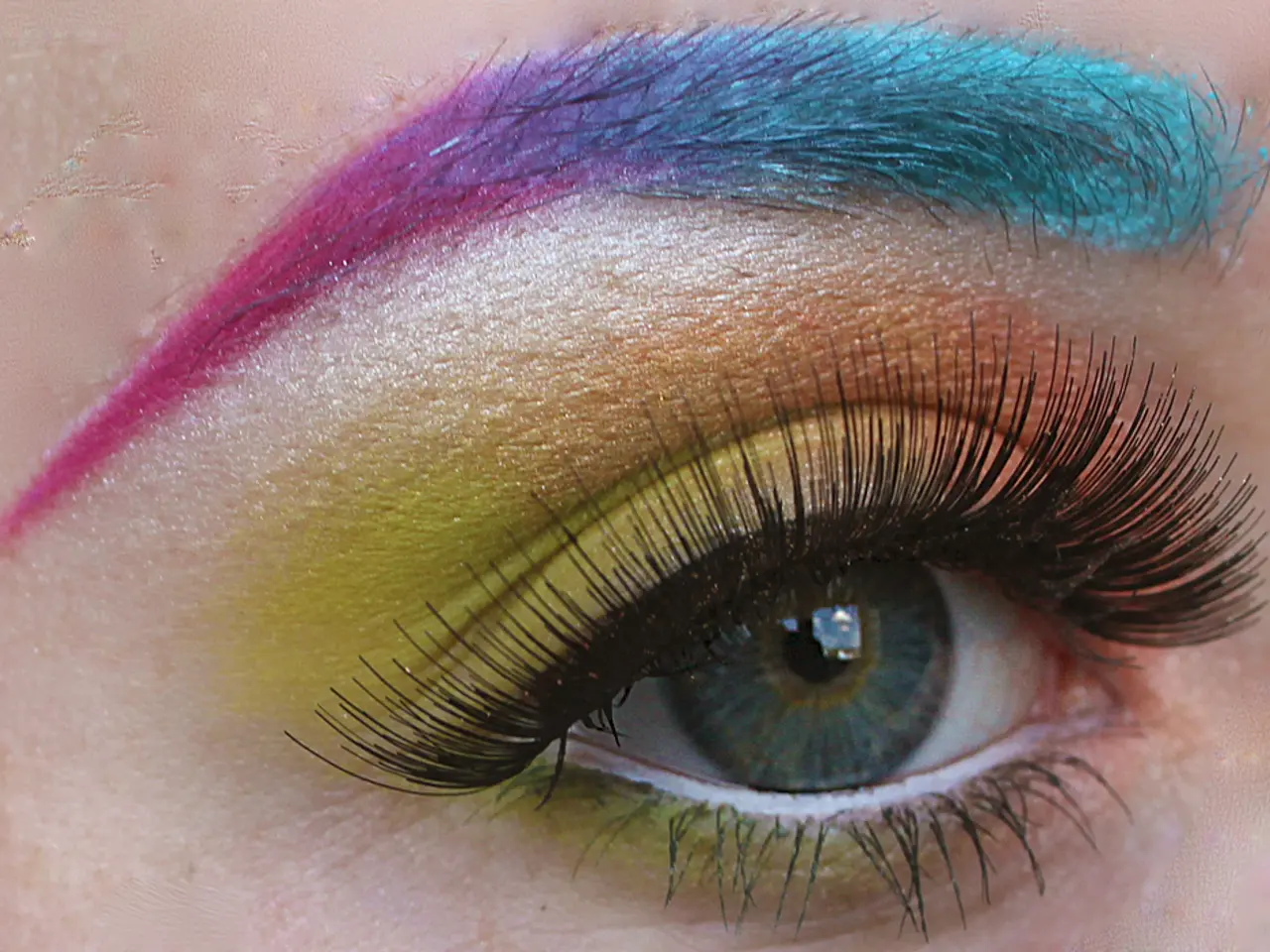Shared Neural Pathways for Color Perception: Our Red, Your Red
In a groundbreaking development in the field of neuroscience, a new study led by Dr. Michael Bannert and Professor Andreas Bartels from the Centre for Integrative Neuroscience at the University of Tübingen, Germany, has shown that it is possible to predict the colour and brightness of stimuli observers are viewing using brain activity comparisons alone.
The research, which will be published in the prestigious Journal of Neuroscience, suggests that people share distinct neural representations of colour. This means that the way our brains process and interpret colours may be more uniform than previously thought.
The study was conducted in collaboration with the Max Planck Institute for Biological Cybernetics in Tübingen. Bannert explains that while individual perceptions of colour may not be identical, this study reveals that some sensory aspects of subjective experiences are conserved across people's brains.
Previously, colour decoding was only possible using colour responses from the same person. However, this study shows that colour decoding is possible even when using colour responses from other brains. This could have significant implications for fields such as brain-computer interfaces, where understanding how the brain processes information is crucial.
The image accompanying this article is credited to the SfN website, where more information about the study can be found. For media enquiries, please contact SfN Media.
The original research will appear in the Journal of Neuroscience. This study is yet another example of the fascinating advancements being made in the understanding of the human brain.








